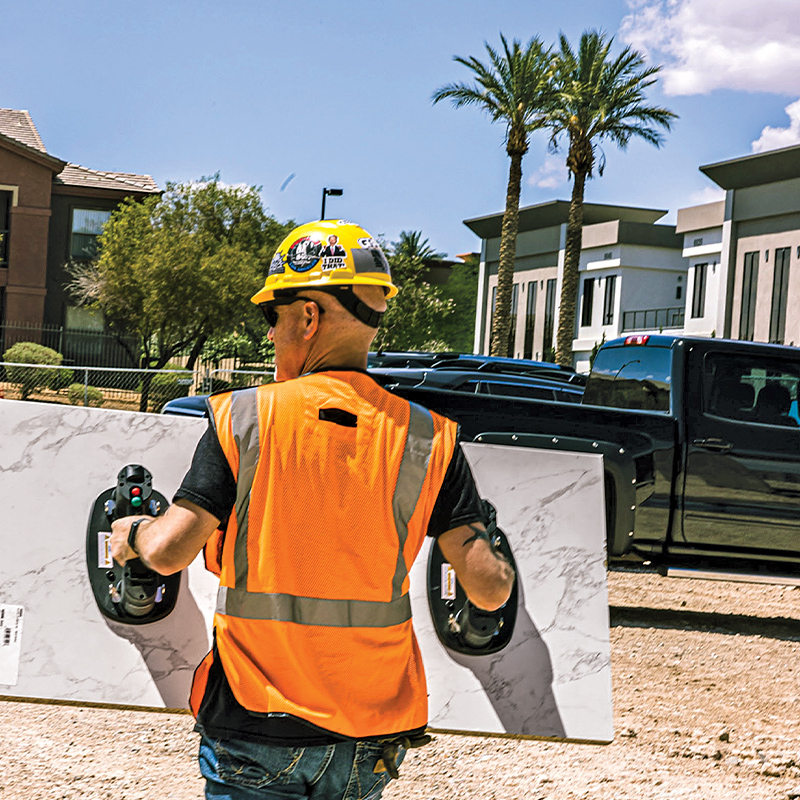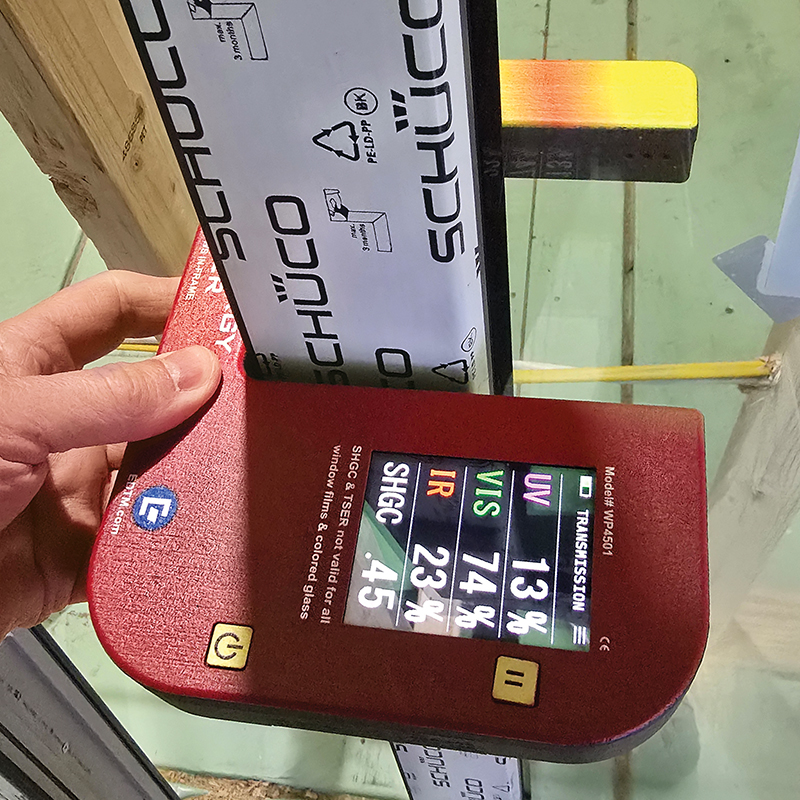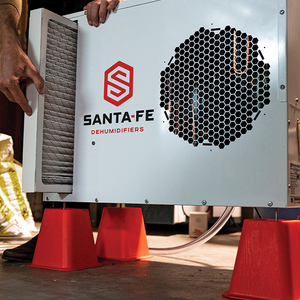Podcast Episode 65 — Of Mice and Matt
Summer upstairs ventilation, OSB vs plywood, and insulating rim joists.
Fine Homebuilding associate editor Matthew Millham joins FHB editor Justin Fink and editorial director Rob Yagid in this podcast episode. Matt’s a new editor at FHB, as well as an Army veteran and a recent grad from the State University of New York’s residential construction program. The guys talk about straw-bale construction, OSB vs plywood, and whole-house fans vs powered ventilators. Plus DIY rim-joist insulation and the mice that get up in there.
We also have our continuing request for listeners: We need all our fans to take our podcast feedback survey by clicking here. There’s a chance to win one of ten Amazon Echoes. October 2017 Update: Okay, we’re not giving away Amazon Echoes any more. That reward expired. But there’s a chance that we’ll have SOME kind of reward for those who take the poll. Well, honestly, a CHANCE to win a reward. Can’t say exactly what the reward will be, because you may be reading this in 2018 or 2024 or 2109 after the zombie apocalypse and climate change means we all have to build new net-zero fortress-houses on the seaside islands of Kentucky. But if this text is still here, we still really want your opinions, so please take the poll and we’ll enter you for a chance to win something good, like a $100 gift card or a couple cases of ammo or the antique Snapple bottle caps we’ll use for currency in 2109. Or at the very least, for our deep thanks and the knowledge that your feedback is helping us make the podcast a little better. That’s something everyone who takes the poll gets!
Today’s episode of the Fine Homebuilding podcast is brought to you by Sakrete and Feeney.
Sakrete is the pro’s choice for a variety of products such as concrete, mortar, and stucco mixes, as well as repair and maintenance products. Whether you’re repairing old or damaged concrete, building a wall, or even patching a roof, Sakrete has just what you need to complete any project with quality and consistency. Visit sakrete.com, continue your search and check out their Concrete Calculator to learn how many bags you will need to complete your next job. Sakrete, the trusted choice for concrete since 1936.
Looking for a deck railing infill option that won’t impede your beautiful view? Try CableRail stainless steel cables from Feeney. They’re made from 316-grade stainless steel for weather-tough durability and ultra-low maintenance and are an attractive, view-friendly complement to any wood or metal railing frame. Plus, special Quick-Connect attachment fittings make installations a breeze. For more information and dealer locator, visit feeneyinc.com. That’s feeneyinc.com.
The show is driven by our listeners, so please subscribe and rate us on iTunes or Google Play, and if you have any questions you would like us to dig into for a future show, shoot an email our way: [email protected]. Also, be sure to follow Justin Fink, Rob Yagid, and Fine Homebuilding on Instagram — and “like” the magazine on Facebook. Note that you can watch the show above, or on YouTube at the Fine Homebuilding YouTube Channel.
The Fine Homebuilding Podcast embodies Fine Homebuilding magazine’s commitment to the preservation of craftsmanship and the advancement of home performance in residential construction. The show is an informal but vigorous conversation about the techniques and principles that allow listeners to master their design and building challenges.
Resources and links mentioned in (or related to) this podcast episode:






























View Comments
Matt was just fine when he had an opportunity to engage :)
Nicely done.
Good information :)
For cutting rigid foam I used my jig saw since I still don't own a table saw. Worked well enough, just made a mess. Hooray for uneven cavities.
Rim Joist = The rim of a bowl = Top edge of foundation.
Band Joist = Waistband = where you ware a belt , middle , between 1st and 2nd and or 3rd floors. Rig joist you better be working in the basement/ crawl where as insulating a band joist you're working from 1st floor ceiling or higher. This makes a difference on contracts and work orders.
Whole house fan works well in spring and fall long as it is installed air tight when not it use. Also if the house is closed up all day and heated up from solar heat gain, a fan will work a lot faster. Passive type vent , no mechanical fan just an opening high and low will work naturally, removing the cost to operate a mechanical one. It is important to know the CFM of the fan, one foot in and one out. Could cause negative pressure problems. Think about where the house is located - in the city or country? I'm pretty sure, NYC fresh air is not so fresh. You just might want to stay a way from one altogether. Double hung windows, open the top of the window upstairs and lower windows as low as possible. Basement windows might work better then 1st floor if the cellar is cooler then outside.